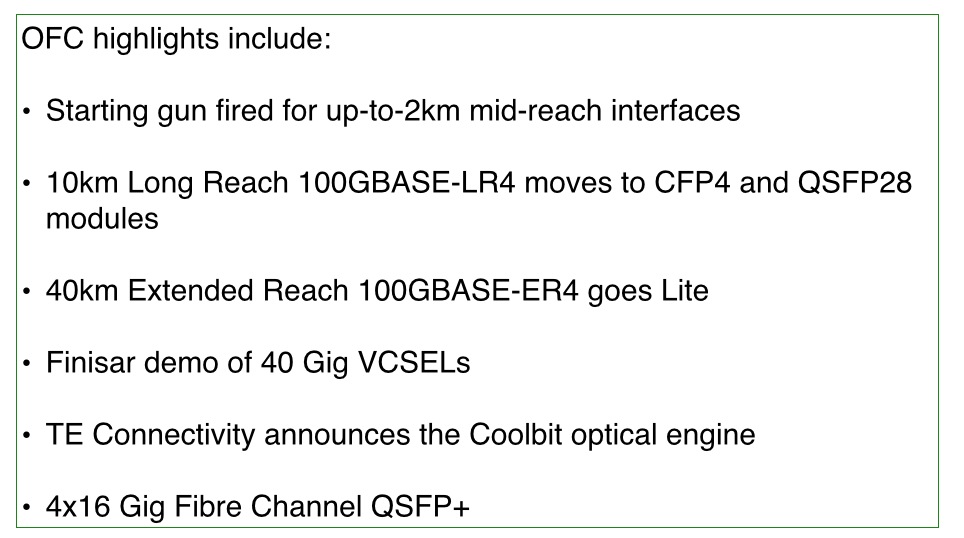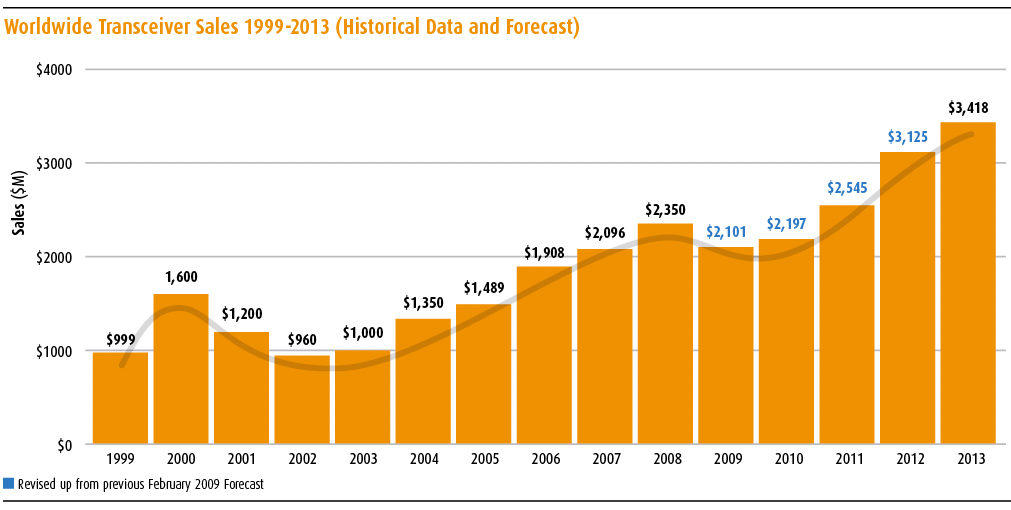OIF to double data rate with a 224G electrical interface
 Wednesday, June 17, 2020 at 5:00PM
Wednesday, June 17, 2020 at 5:00PM - The OIF will develop a faster electrical signalling standard
- The 224-gigabit standard will make optical modules sleeker
- It will also help data centre operators keep up with ever-growing software workloads
 Nathan TracyIt was just a matter of time before the OIF started on the next electrical interface standard beyond 112 gigabits-per-second (Gbps).
Nathan TracyIt was just a matter of time before the OIF started on the next electrical interface standard beyond 112 gigabits-per-second (Gbps).
There have been announcements of new 800-gigabit optical modules along with growing interest in co-packaged optics, where optical interfaces are added alongside semiconductor chips.
Nathan Tracy, TE Connectivity and OIF president, says member companies will need to be creative to develop a 224-gigabit electrical interface. Getting signals to travel at such speeds over workable distances will be a challenge.
The project, to kick-off in August, will begin with a study phase that will help identify the interface types needed.






